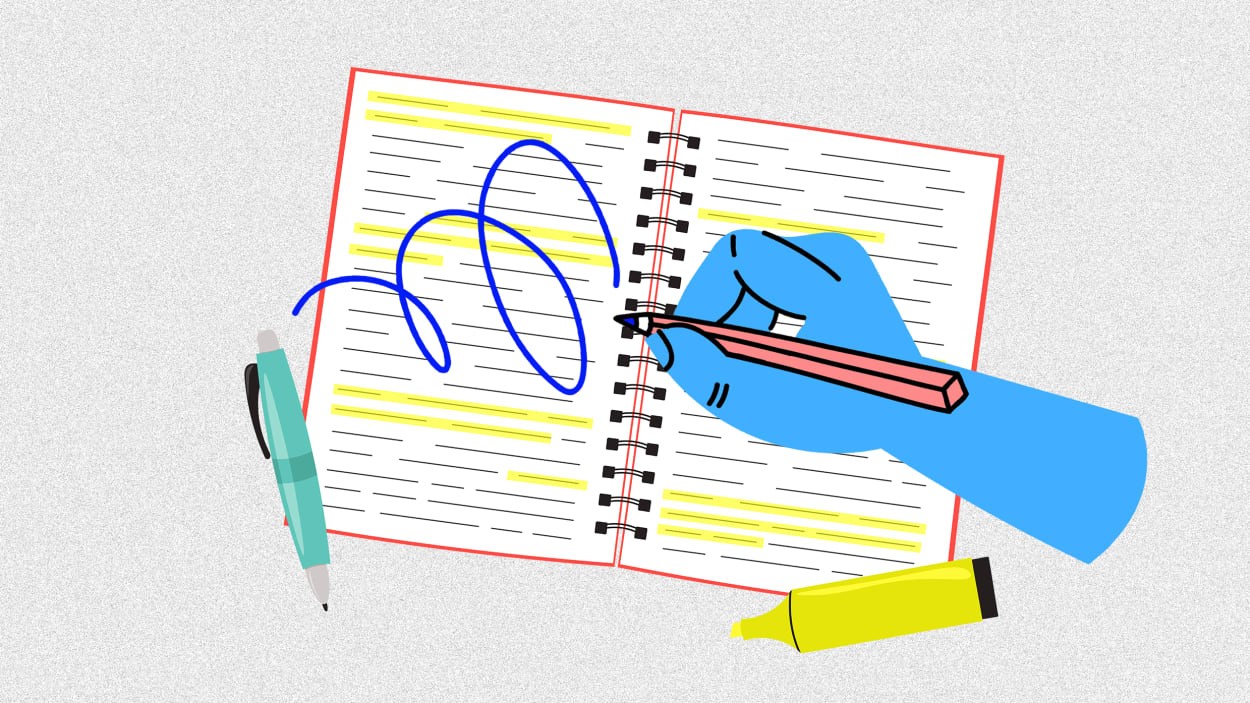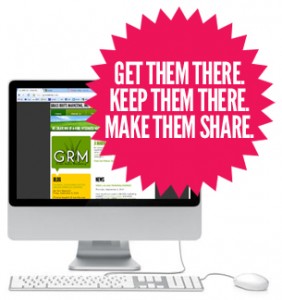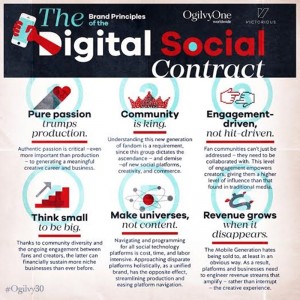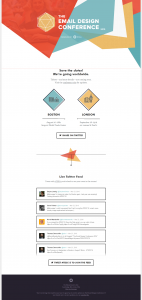What do you want? Really?
When it comes to your life, this is one of the hardest questions to answer. You might think you know, but if you’re feeling unsettled or like there’s something more out there, you likely haven’t answered the question.
In 2010, Bonnie Wan, author of The Life Brief: A Playbook for No-Regrets Living, felt stuck on this question. From the outside, it looked like she had the perfect life. Great husband, three kids, beautiful house, and a dream career. On the inside, however, she felt depleted and filled with questions.
“When you don’t have clarity, you can either sleepwalk through life or feel the restless hum of What else is out there?” she says. “You can throw a lot of spaghetti at the wall and experience what I call U-turns: trying one thing that doesn’t work and coming back to ground zero.”
Instead of staying in a state of dissatisfaction, Wan drew inspiration from her job as head of brand strategy at the advertising agency Goodby Silverstein & Partners.
“We’re conditioned to believe in binary thinking,” says Wan. “People tend to believe that they only have two choices when it comes to any part of their life. Yes or no? Stay or go? This or that? I’m used to being up in a creative industry around people who are always seeking alternative paths.”
At work, she helped clients get to the heart of their truths by asking questions and writing a creative brief. Wan decided to use the process on herself, creating a life brief. “A life brief is for people who are ready to chart their own path in the world,” she says. “It’s for people who are ready to heed and act on their own voice even if it takes them down trails that are still yet to be navigated. It’s the practice of harnessing clarity in order to unlock possibility and creativity in your life.”
Get Messy
The first and most important step is getting messy. “Most people have a bias for action,” says Wan. “We’ve got to-do lists, bucket lists, and every kind of list, but we skip over the important parts that get us to clarity and depth or that connect us to our innermost desires and voices.”
Getting messy is giving yourself permission to be nakedly honest. It’s sorting out your true voice versus all the other voices crawling around in your head that you’ve adopted or inherited since childhood. One way to handle this is to do a brain dump for 10 minutes every day in a journal or notebook. Allow your thoughts and feelings—whatever they might be—to come through you, out of you, and onto the page without judgment.
“Getting messy is allowing all the stuff that’s inside you to come out in writing,” says Wan. “When you collect your answers, you get to be in a relationship with yourself. You get to distance yourself from the emotions and anxiety and fears and look at your thoughts through the lens of curiosity.”
Get Clear
The next step is the art of strategy, or distillation. Looking at the “mess,” you will start to notice patterns and insights. Sort through your words, separating the meaningful from the meaningless.
“You start to see what is drama, distraction, and circumstance versus the stuff that’s the nonnegotiable, sacred parts of you that have urgency and depth of desire,” says Wan. “When you can sort those out, then you can play and mold the meaningful into something bolder and more honest. That’s where the riches are and where clarity can arrive.”
This information will form your life brief distilled in a way that will inspire action, which is the goal of a creative brief. “It’s a two-part job, finding and zeroing in on what matters most as we look forward in a brand, and then expressing it in what I call a ‘fuck, yes’ way,” she says. “Write it in a way that is short, sticky, and action-driving.”
Get Active
The final step is to take action. “Action is a byproduct of clarity,” says Wan. “A lot of paralysis comes from not knowing where or how to act. When you get to fuck-yes clarity about what you want and what matters most, suddenly, that clarity becomes the North Star. That clarity becomes the filter by which you make every decision, choice, and action.”
Clarity allows you to start seeing circumstances and situations in a new way. Once your attention shifts, your actions follow. “It’s an automatic response,” says Wan. “It’s organic momentum. In my observations with companies and with people, clarity and alignment are the keys that unlock the biggest leaps forward.”
Using Your Life Brief
Just like a brand brief or a creative brief is for a company, a life brief will evolve as you evolve and grow as a person, says Wan. You can also write life briefs for different parts of your life, such as your career, relationships, finances, and other areas.
Your brief should be something you regularly revisit. Wan suggests reading it before you go to bed at night or at the start of each day. You can also turn to it when you feel lost or need to be reminded of what’s important.
“I revisit my briefs all the time, especially when I’m at a crossroads and when I feel stuck,” says Wan. “If you wake up in the morning, and you don’t feel like you can act or you’re too busy, just rereading the brief stimulates a new direction and can get you unstuck.”
(14)
Report Post







